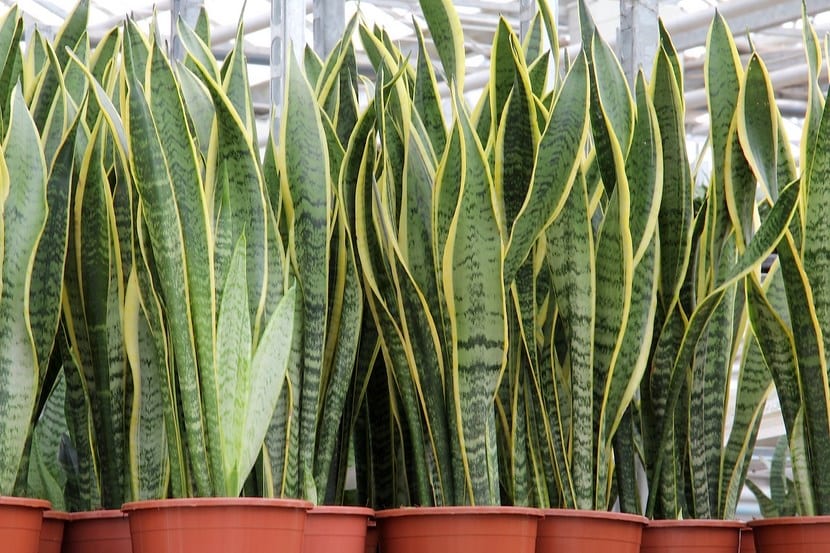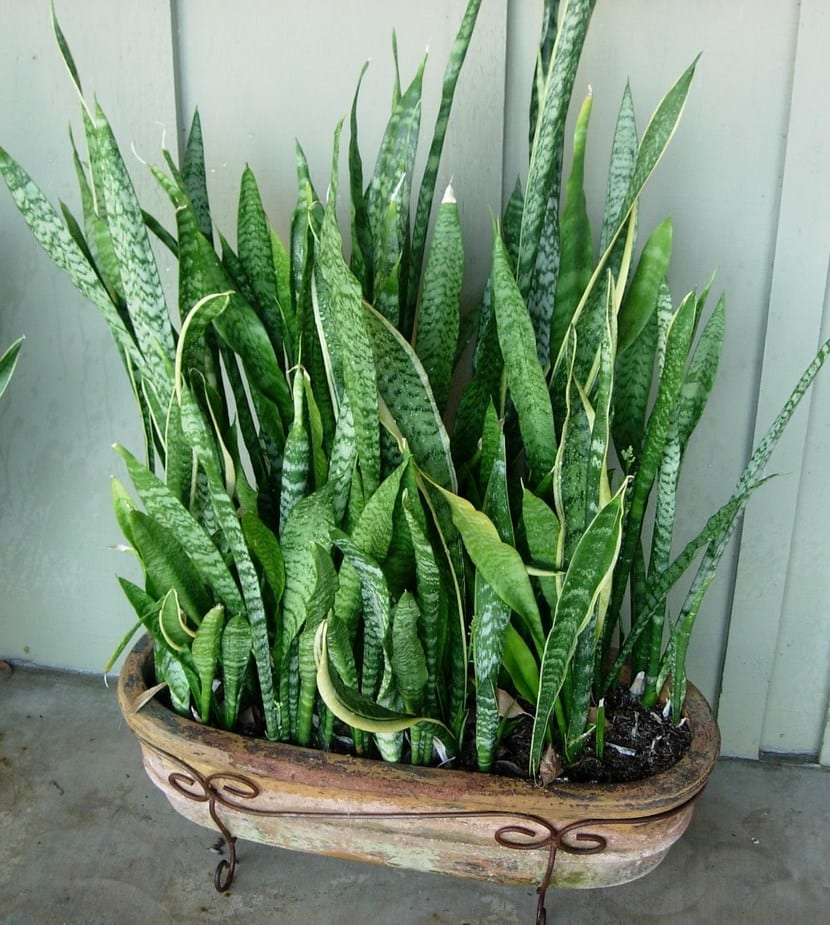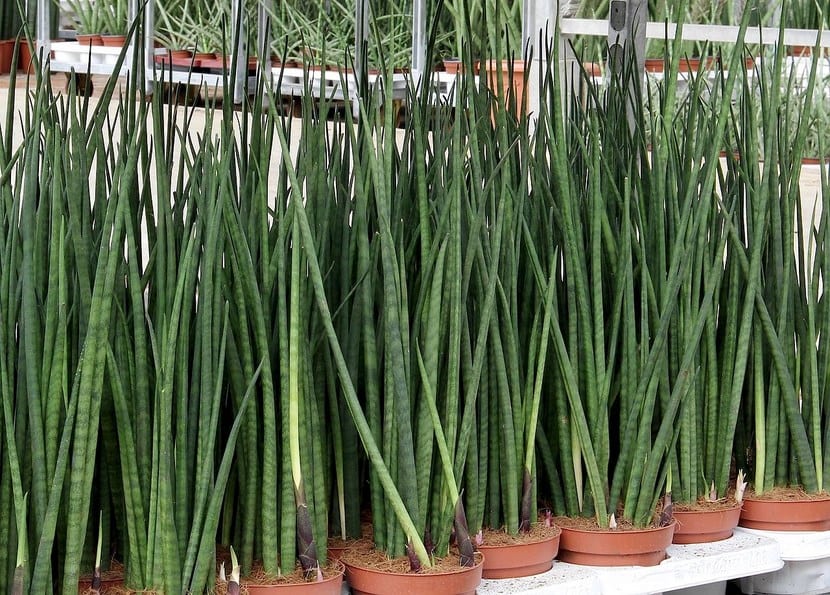
At first glance one might think that these are plants that belong to different species but in all cases it is a genus called Sansevieria, a set of evergreen herbaceous that vary in appearance and color even when they share a group.

Sansevieria is a very popular plant that even without knowing the name it is very likely that you have seen it on occasion. In general, it is distinguished by the color of its elongated leaves, which combine two shades of green.
General characteristics
The Sansevieria belongs to the family asparagaceae comprising 130 different species native to Africa and Asia. Beyond their differences, they all share common features, starting with the hard and fleshy leaves that end in a point, the presence of rhizomes, that is, underground stems, and flowers arranged in clusters.
One of the most frequent species is the Sansevieria trifasciata which in turn is divided into 3 varieties: Laurentii, Hahnii and Variegata.
Why have it at home
One of the reasons this species is worth thinking about in the home is because of its strong resistance. Sansevieria is one of the most rustic plants in terms of its needs. Can withstand heat and lack of light, dryness and lack of transplantation. Is very resistant to pests and diseases and survives in dry or wet conditions. It is one of those plants that grow and develop almost without help and that is why it is highly chosen by those who start gardening.

On the other hand, its appearance allows it to be used in various ways, bringing green and beauty to the space without great risk. It is possible to place it in large pots, in flower beds or next to other plants as it will always look good.
They are beautiful !!!… ..with what type of soil is planted so that they develop their wide and tall leaves with shine …… is it better to put them in the shade?… ..Do I have to put fertilizer on them?… .I have both types … But I would like them to develop more ,,,,,
Hello Graciela.
I have them in black peat with a little perlite, in semi-shade, and they grow without problems. You can plant them in perlite and vermiculite (in a 7: 3 ratio) so that they develop better.
As for the fertilizer, it is highly recommended to fertilize with a specific fertilizer for cacti and succulents, or with guano (liquid).
I have in my house, but it is the first time, mine is being ugly I do not know what happens, he put new earth is the place of a lot of light? But I don't know how to take care of her.
Hi Meime.
If direct light is in any way, even through the window, you should move it away from there to prevent it from drying out.
In addition, it is necessary to water it little: about 2 times a week in summer, and somewhat less the rest of the year. If you have a plate underneath, you must remove it so that the excess water can come out.
Greetings.